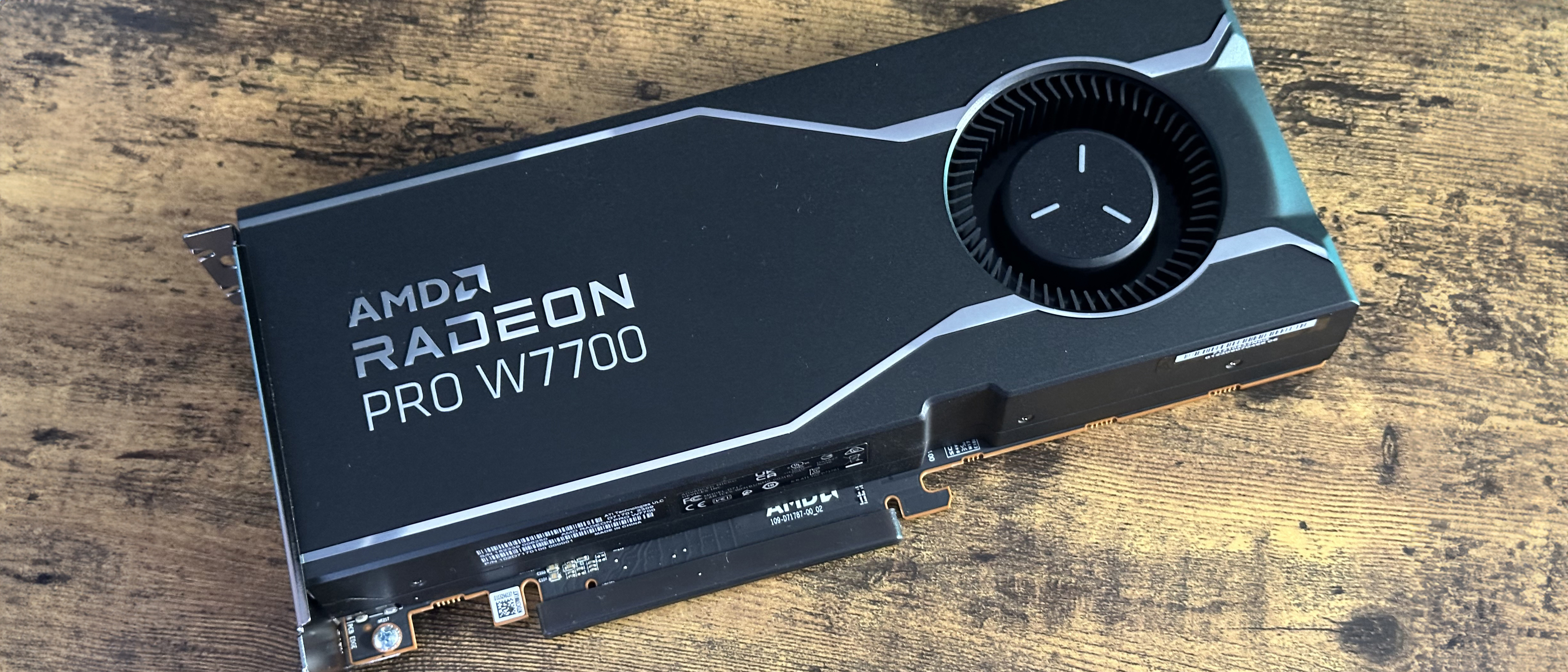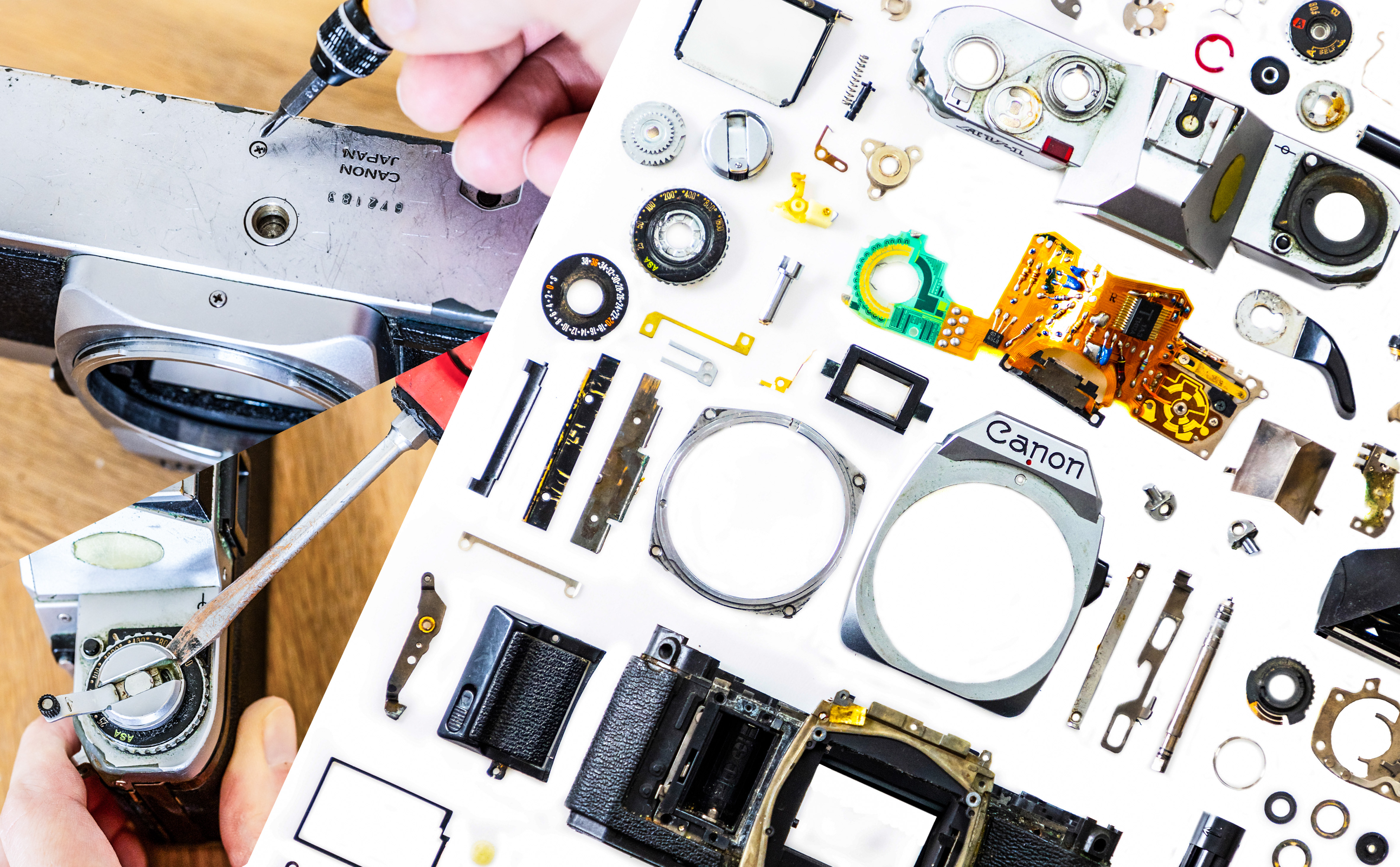Digital Camera World Verdict
AMD has found a great balance between cost and the needs of the user, so long as that user doesn’t need the very cutting edge of graphics capabilities.
Pros
- +
Good balance of power and cost
- +
Sleek looking GPU for the aesthetics of your workstation
- +
Great for large files for image editing or video work
Cons
- -
Not the very latest technologies
- -
Requires DisplayPort
Why you can trust Digital Camera World
While the headlines will focus on the latest and greatest at the cutting edge of the graphics card market, the real battle is most likely won more in the midrange, where the balance of technological advances and cost wage war. With this in mind, AMD has produced the W7700, an impressively specified GPU that comes in under the $1000 mark. While that isn’t cheap by any means, it is significantly cheaper than the big guns. But is it worth the outlay?
AMD RX W7700: Specifications
| Boosted clock speed | 1.7Ghz |
| Processing cores | 48 |
| VRAM | 24GB GDDR6X |
| Output ports | 4x Displayport 2.1 |
| Multi Monitor | Up to 4 monitors |
| Raytracing | 2nd generation RDNA raytracing cores |
| Power consumption | 190 watts |
AMD RX W7700: Design & Handling
While some high-end graphics cards have the look and feel you’d expect from such an investment, lower-end cards can appear somewhat cheaply made and lacking in design aesthetics. For some, this is less of an issue but for others, it has a part to play in whether that particular component makes it into their shortlist, especially those with glass-paneled cases, LED lighting, and fans who see their PC as a part tool and part design statement.
The W7700 sits in the midground when it comes to financial outlay but definitely outperforms much of the competition in this regard. It’s a solid-feeling card, that feels reassuringly weighty in the hand and it looks good too, with a full casing in a lovely gunmetal grey and a single large fan for cooling duties.
It’s a full-length/height GPU that is a dual-slot card with a standard eight-pin power connector, which should make it suitable for pretty much every tower case, although be sure to check available power, as it does need a maximum of 190 watts.
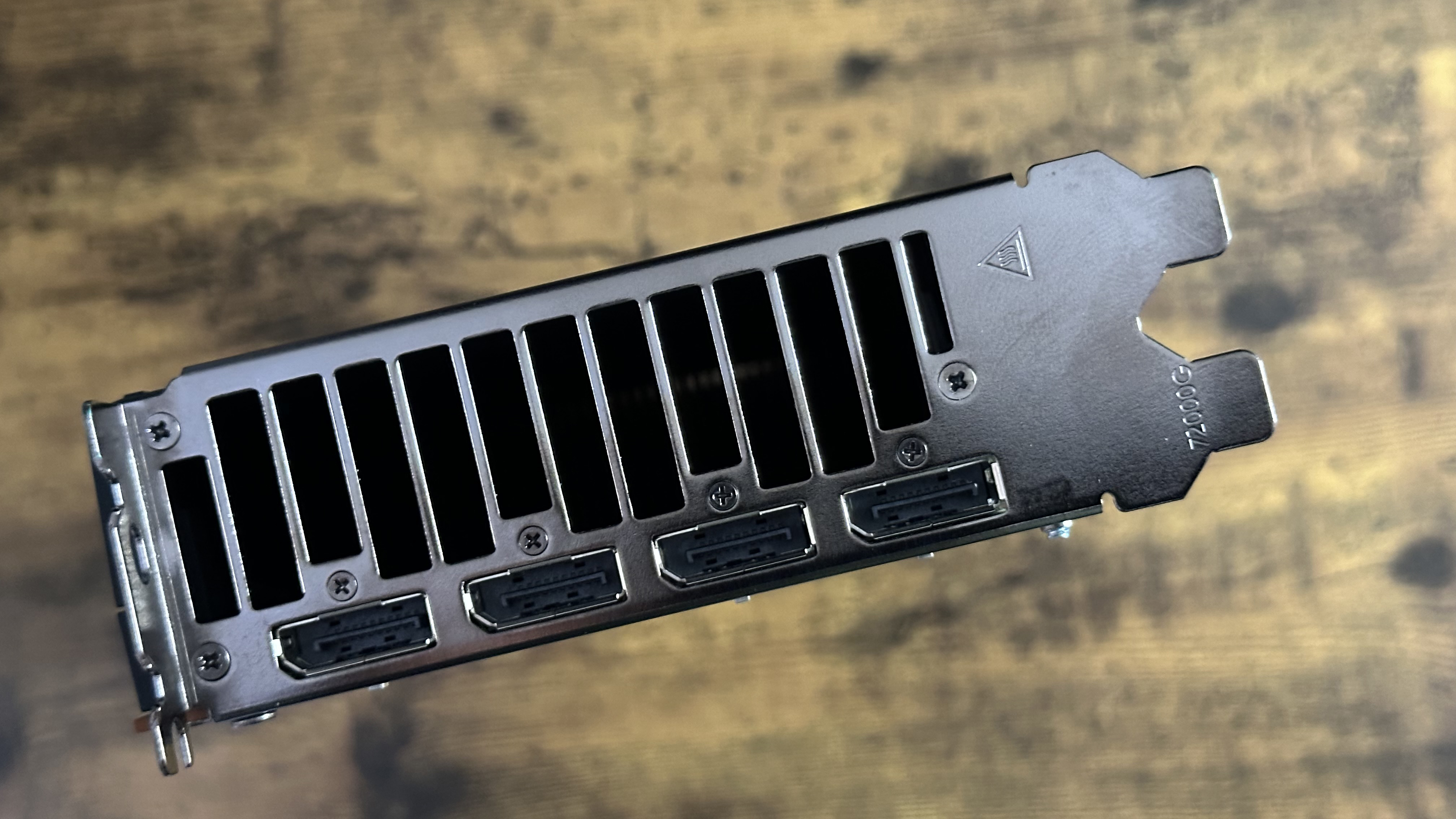
Installing the card is a doddle and fits snuggly, with none of the looseness that can be found on cheaper models.
Apart from the previously mentioned power connector, there are only four other ports, each being a DisplayPort 2.1. While these are great and cater to the latest developments in color and refresh rate I think many users would still have preferred to see at least a single HDMI port, for easy integration into an existing setup, where HDMI is more commonly found. That said, adapters are available, even if that adds an extra component/failure point.
Overall however the physical design looks good, feels excellent, and is what you’d expect from a quality GPU.
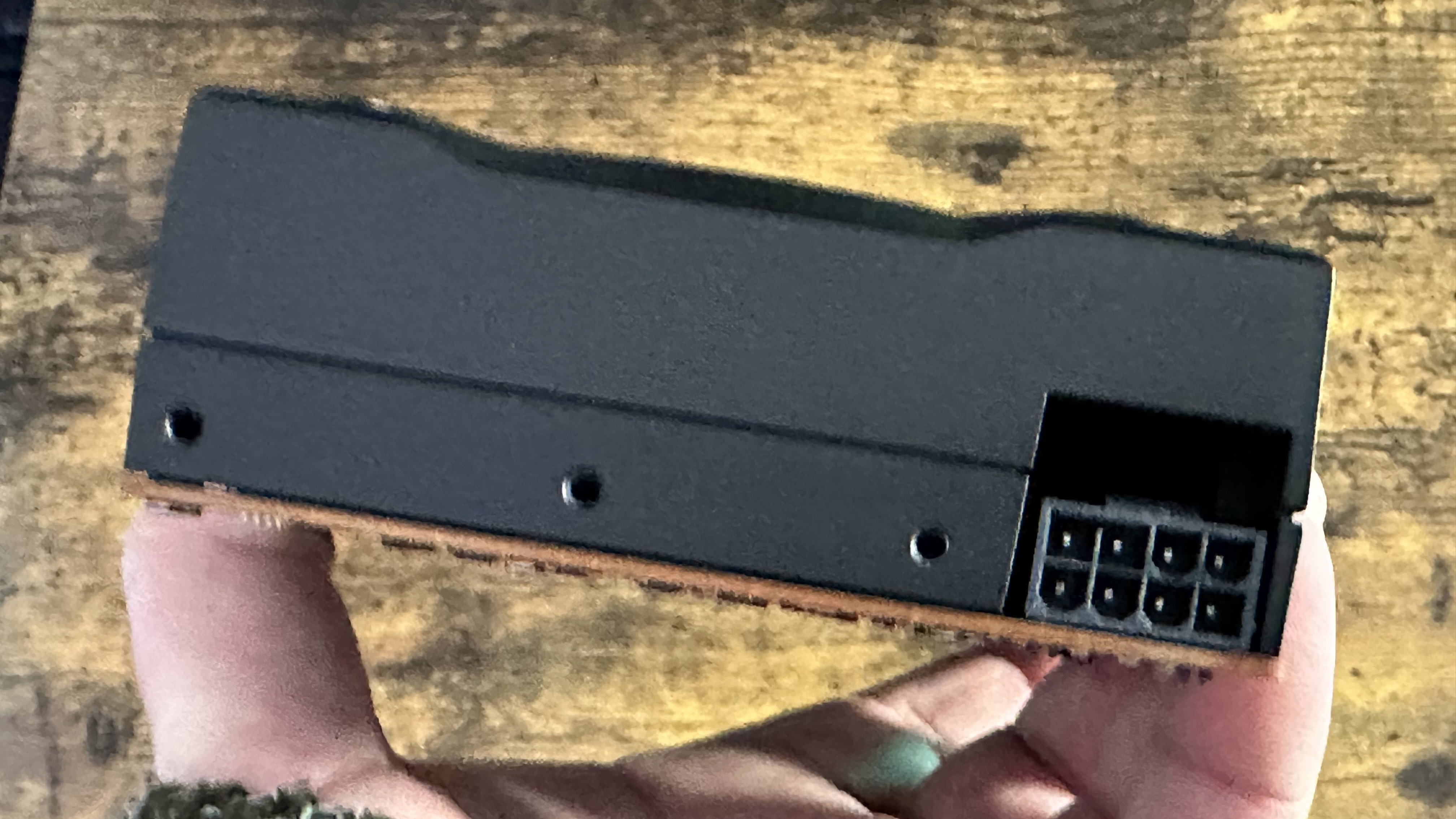
AMD RX W7700: Performance
The Radeon Pro W7700 is neither among the cheaper cards available nor the very highest cost but it performs much more like a high-end card in many respects. It may not have the very latest iterations of certain technologies but tends to have the previous version. For example, the W7700 features a second generation of RDNA, not the latest but still a good 50% faster for raytracing when compared to the first gen.
In real-world testing, unless you require intensive 3D rendering then you will likely not see much difference. Certainly, for tasks like image and video editing and daily computing, the benefits of paying more for the cutting edge in these areas are minimal.
Where the W7700’s hardware does make a difference is in on-board RAM, where you will find 16GC GDDR6 which definitely helps keep things smooth and agile, with large files being held in memory, reducing any bottlenecks. This is especially important as camera sensors and therefore file sizes while editing and manipulating are getting larger.
32 teraflops sounds like a vast number and it is but what does that really mean? Well, this is pure processing power and means that this GPU has a lot to offer for any task, from the simple to the demanding.
I’m always hesitant to quote benchmarks, especially for PCs where so much is reliant on components from other manufacturers but it’s worth noting a couple. The Radeon Pro W7700 scores 18,580 on the G3D test, which places it not far behind some of Nvidia’s big hitters, like the 40xx series cards. Ranking in the top ten behind cards costing significantly more shows how AMD has worked to offer excellent performance over cost balance.
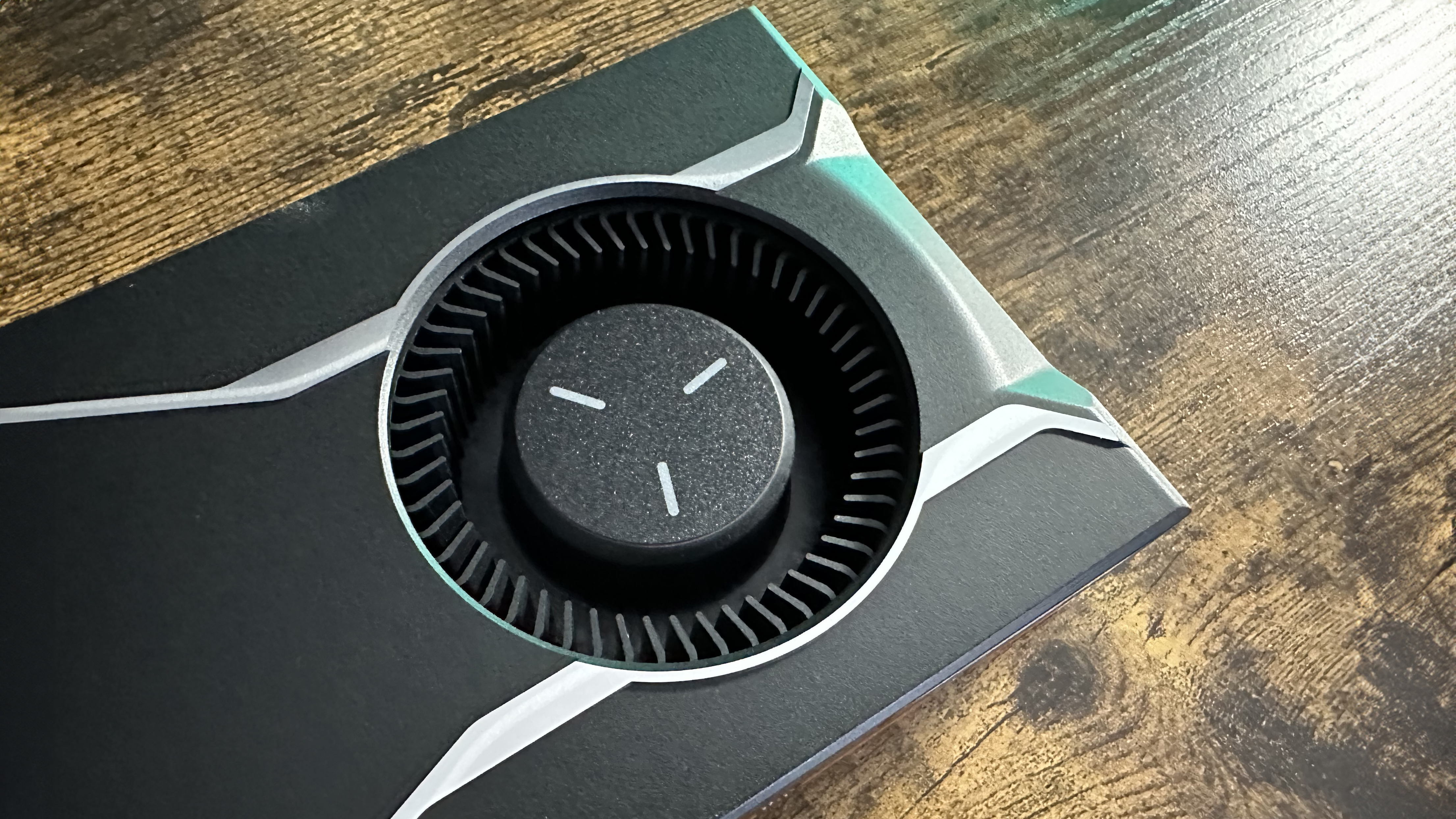
If you are interested in a card for video work, image editing, or gaming then frame rates are important, so it’s good to see that this Radeon Pro card scores well in direct X, nearing 224 frames per second using DirectX 11, dropping to 110 frames per second for Direct X 10. These are very respectable scores.
But, as I mentioned, benchmarking doesn’t tell the whole story. But in daily testing, where actual experience using a card in a workstation counts, the W7700 fares very well. Moving windows, scrolling web pages, and navigating zoomed-in multi-layered Photoshop files all happen smoothly, with no lag. Painting masks, removing blemishes, and similar image editing tasks all demonstrate what this card is capable of. For power users, 3D scenes with dynamics, and caching simulations for fluids and smoke all do well. Compared to a higher-end card, there are some differences in render time, with frames being a little slower to calculate but it’s a minimal difference, only worth the extra investment for those working in visual effects, or who really can’t wait a few seconds per frame.
It’s worth noting that the investment doesn’t just come in the form of an initial outlay. There’s space in the case to consider as well as the power consumption, which can increase rather a lot with the highest of high-end cards.
The W7700 really does sit in that Goldilocks zone, where you get many of the benefits without a huge outlay, and is definitely one for the shortlist.
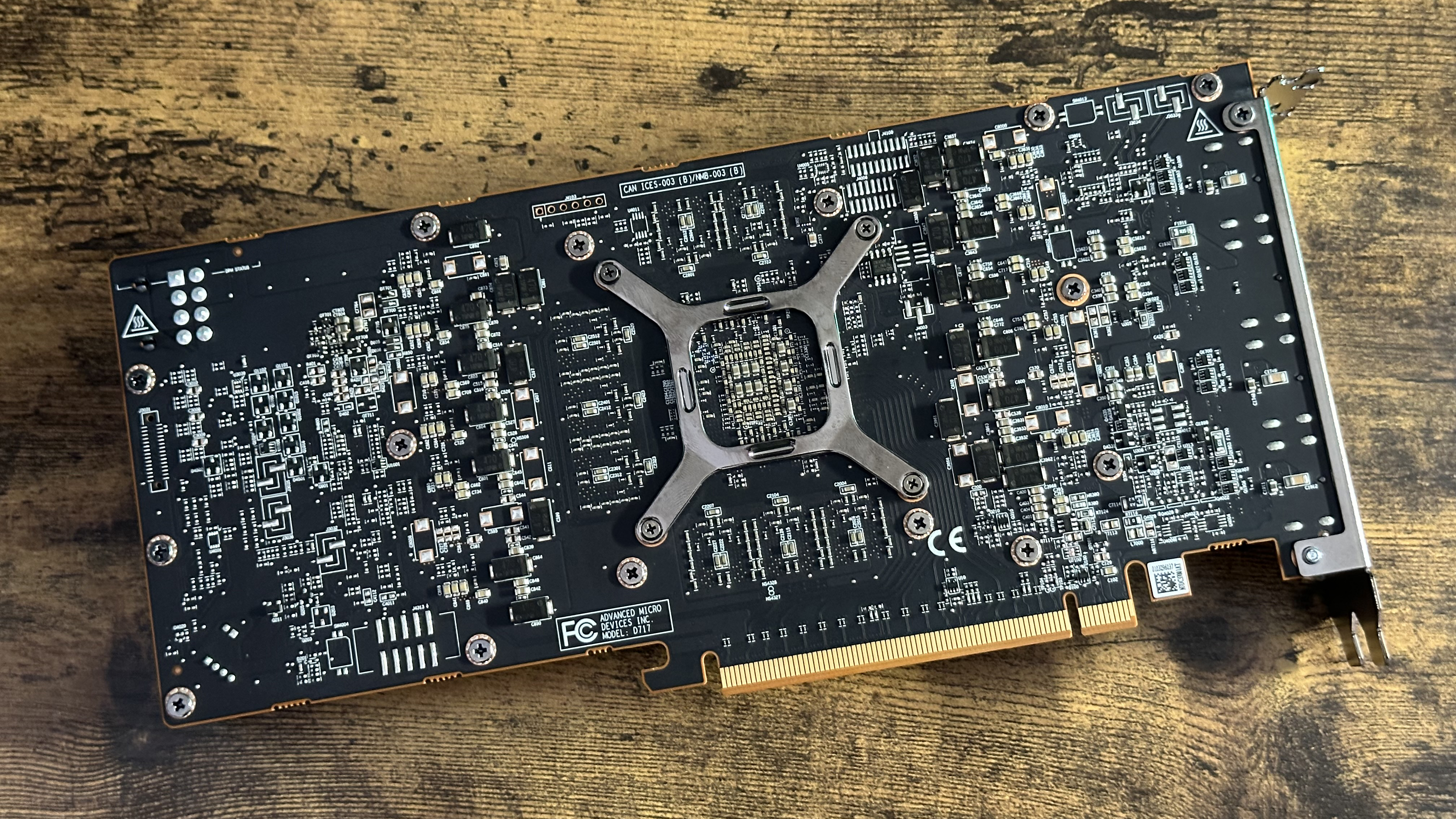
AMD RX W7700: Verdict
The AMD Radeon Pro W7700 may lag behind the cutting edge of graphics card technologies but it’s a worthy contender for anybody with need of an excellent performer, who understands the benefits of not jumping right to the very latest GPU. It’s not the cheapest but also not the most expensive and that’s the overall story of this card. It sits somewhere in the upper middle ground. It’s a solid option that doesn’t cost the earth, won’t need any special power considerations, and will last for some time with lots of modern features, support for 4 monitors, and overall excellent performance.

Alternatives
If you really want the very latest technical advances and have the money for a bigger investment, then look at Nvidia’s RTX 4090, which is the fastest GPU on the market at the time of writing. If you don’t want to make quite such an investment then the 3090 is still a fantastic GPU.

Rob is Editor of 3D World and ImagineFX magazines and also works as creative director for his own studio, Pariah Studios, producing 3D animations and VFX for a variety of clients. When not at his desk, he can usually be found painting miniatures.
